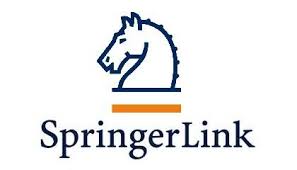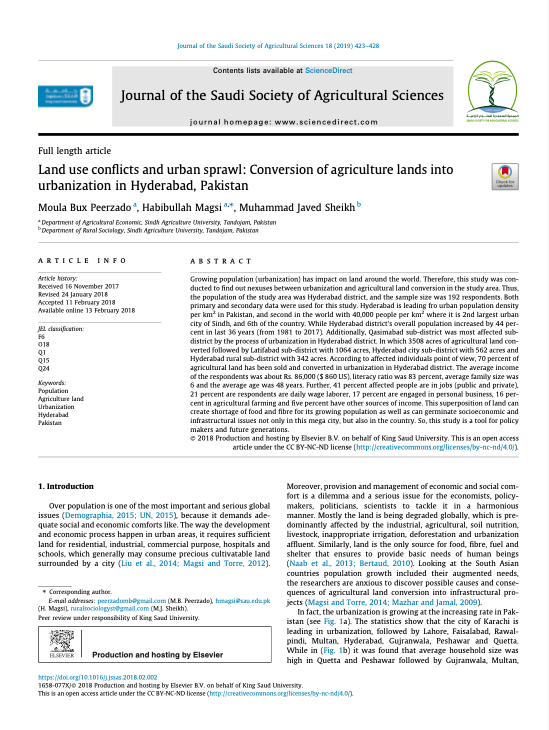Informal Land Delivery and Tenure Security Institutions in Benin City, Nigeria
The informal sector in urban land supply has continued to meet the increasing demand for urban land owing to the deficiencies of the formal sector in Nigeria. But tenure security and equity in land supply have become the major issues that have evoked much concern in the sector. This article seeks to understand the provisions of tenure rights through customary institutions not as the binary opposite of the formal land titling but as a part of the continuum that includes the formal system in Benin City.







